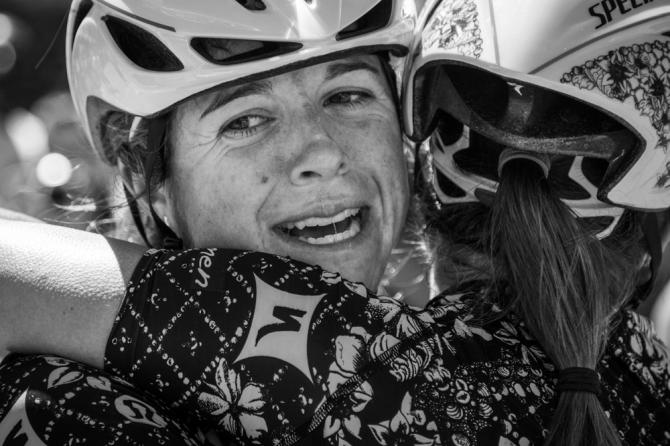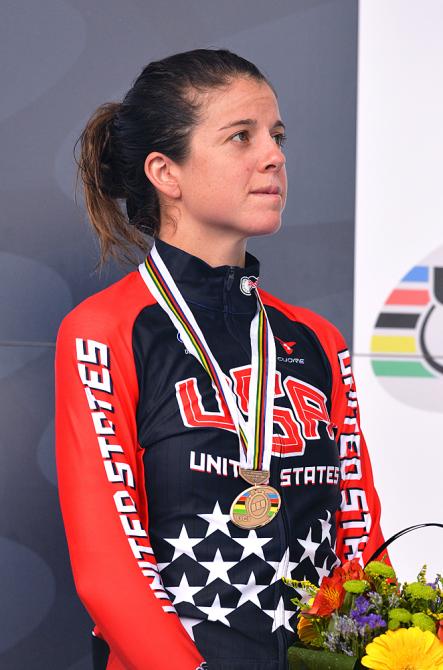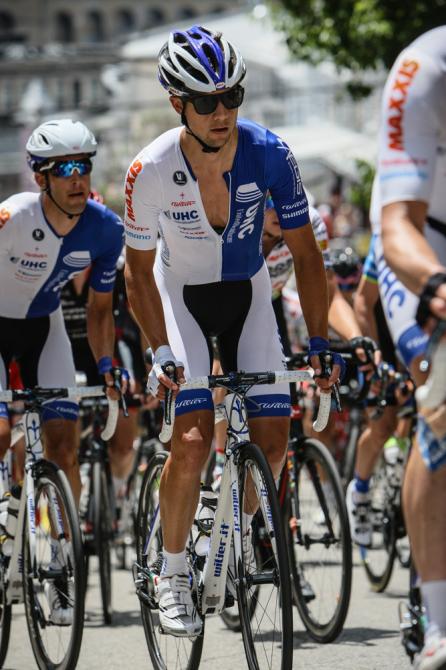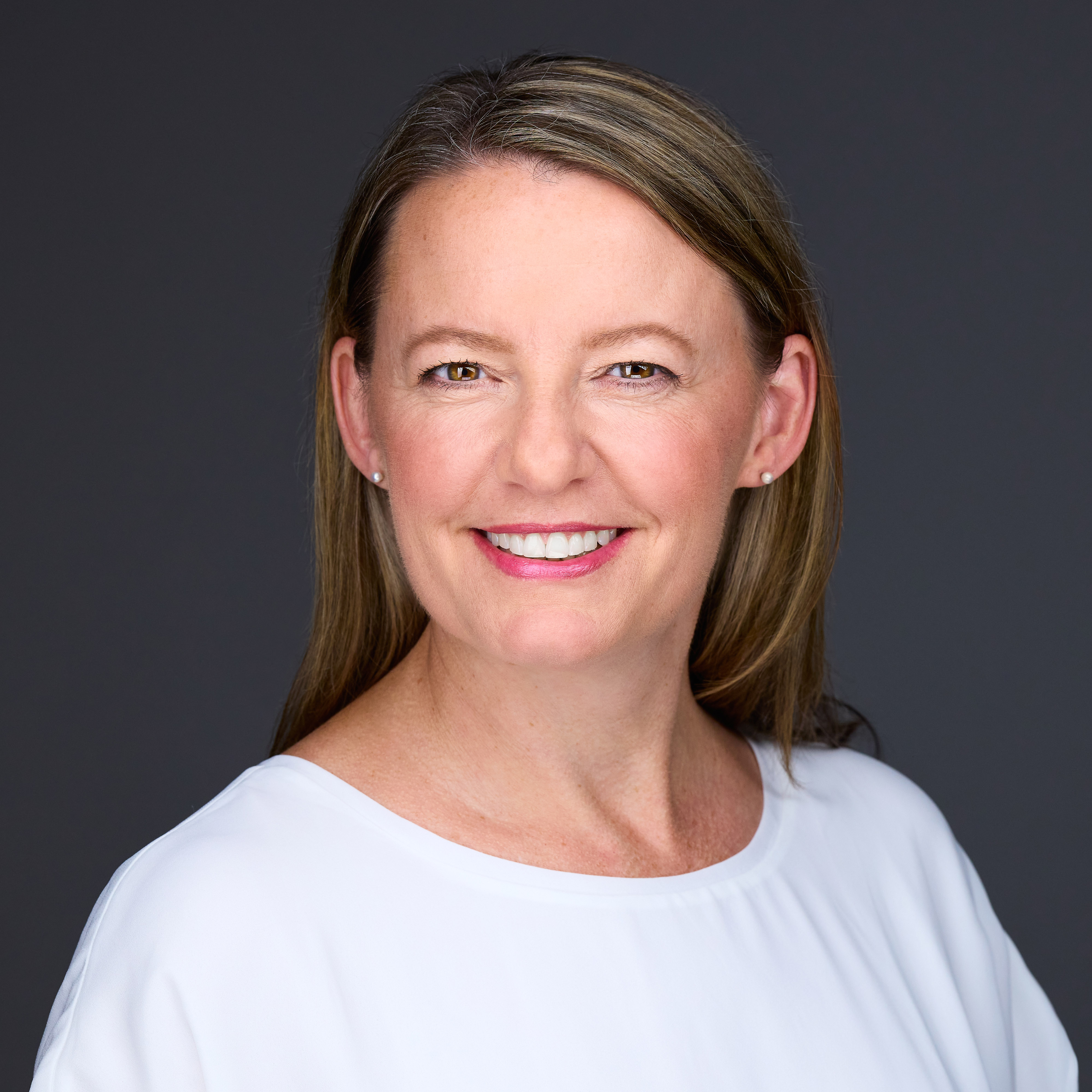Philadelphia Cycling Classic to shorten men's and lengthen women's race
Organizers discuss a possible return to Benjamin Franklin Parkway finish line




New organizers of the Philadelphia International Cycling Classic, G4 Productions, are putting the final touches on the newly upgraded women's World Cup and the men’s UCI 1.2 events that will be held on June 7 in Pennsylvania.
Robin Morton, the event’s technical director and a founder of G4 Productions, noted that some of the changes to this year’s races included lengthening the women’s race and shortening the men’s race.
The races will follow the same course design as it has during the previous two years with the start-finish line at the top of the circuit’s main climb on the Manayunk Wall, and follow a 19.2km circuit that includes climbs over Lemon Hill, Strawberry Mansion and flat sections along Kelly Drive.
The women will race for one extra lap for a total of six laps and roughly 115km. The men’s race will be one lap shorter for a total of nine laps and around 173km.
“We shortened the men’s race because of the time frame that we have to work with,” Morton told Cyclingnews. “We only have from 8am to 4pm and we really didn’t have any leeway in terms of extending the day.”
Morton acknowledged the possibility of a return to the old start and finish area along the Benjamin Franklin Parkway, where the finish line was located just a few hundred metres away from the stairs to the Philadelphia Art Museum. Throughout the history of the event, that finish line was used 19 times during the women’s race, and 28 times for the men’s race. The flat and fast run-in catered to many bunch-sprint victories, with the exception of a few occasions where breakaways succeeded.
“That has been discussed,” Morton said. “Obviously it’s the money shot right there on the Parkway. That’s also where the Philadelphia Marathon starts and finishes. It’s a venue that is really identifiable with the city, and so I know that they are considering it.
The latest race content, interviews, features, reviews and expert buying guides, direct to your inbox!
“We were kind of in a crunch-time this year to get things done. The UCI liked the course, they think it’s more selective, so for this year, especially with the World Cup, we figured that we would just keep it as it was, and see what happens next year.
In 2013, new organizers moved the finish line to the top of Manayunk Wall, and for the past two editions it’s been well-received by the community and has made for a less predictable outcome.
“While the Parkway, used for the old course, really had an expansive and European-looking finale in front of the Art Museum, a classic Champs-Élysées feel, this one is a bit more dynamic and selective,” Morton said.
Evelyn Stevens and Kiel Reijnen have won the women's and men's races, respectively, for the last two editions.
Women’s World Cup limits field to UCI teams and National teams only
The women’s race in Philadelphia was registered as a World Cup from 1998 until 2001, as the Liberty Classic and then downgraded to a Category 1 event until this year. It was announced last December that the race would be added back onto the World Cup calendar, thus increasing the series to a total of 10 rounds.
The upgrade happened largely through the effort of Vice President of Marketing at ASI Karen Bliss, who discussed the idea with Mayor Michael Nutter and his wife Lisa, both cycling enthusiasts.
“In Karen’s meetings and conversations with the Nutters, they decided that this was something that the city wanted to do,” Morton said. “They felt like this time around it would be the only World Cup in the Americas. [A women’s World Cup was also held in Montreal from 1998-2009, -.ed]
“The UCI was very receptive to the race, while the start-finish might be different, they still know the course, what our organization is about and the city of Philadelphia. It didn’t take a lot of convincing. Everyone knows that the UCI is very focussed on women’s cycling right now, so I think it was kind of an easy sell for them.”
The upgrade also means that the organizers are limited as to which teams they are permitted to invite. Morton said that they are expecting a field size of about 120 to 150 riders. The first invitations would go to the top 20 UCI ranked teams from the provisional list at the end of the 2014 season. The spots available after that will be supplemented with top-ranked national teams, and, if the UCI agrees, other UCI teams.
News of the women’s World Cup has been well-received by the world-class women’s field and in general by the cycling community in Philadelphia. However, organizers are not allowed to invite amateur or club teams, which will likely leave some riders disappointed not to be on the start line.
“No local or amateur teams can race,” said Morton, who recognized that the event has traditionally played an important role in the development of amateur riders.
“It’s a big race on the east coast for a lot of elite teams and club teams. We will try and take, at a high level, as many of those teams as we can get into the race, that’s always been my objective because it is a showcase for teams. A lot of both men and women riders have gotten on bigger and better teams by virtue of their performance in Philadelphia.
“The women’s racing has been really exciting, really great racing, and I think it’s been really well received. Unfortunately, there are going to be some riders that are disappointed that they aren’t able to race.”

Kirsten Frattini is the Deputy Editor of Cyclingnews, overseeing the global racing content plan.
Kirsten has a background in Kinesiology and Health Science. She has been involved in cycling from the community and grassroots level to professional cycling's biggest races, reporting on the WorldTour, Spring Classics, Tours de France, World Championships and Olympic Games.
She began her sports journalism career with Cyclingnews as a North American Correspondent in 2006. In 2018, Kirsten became Women's Editor – overseeing the content strategy, race coverage and growth of women's professional cycling – before becoming Deputy Editor in 2023.